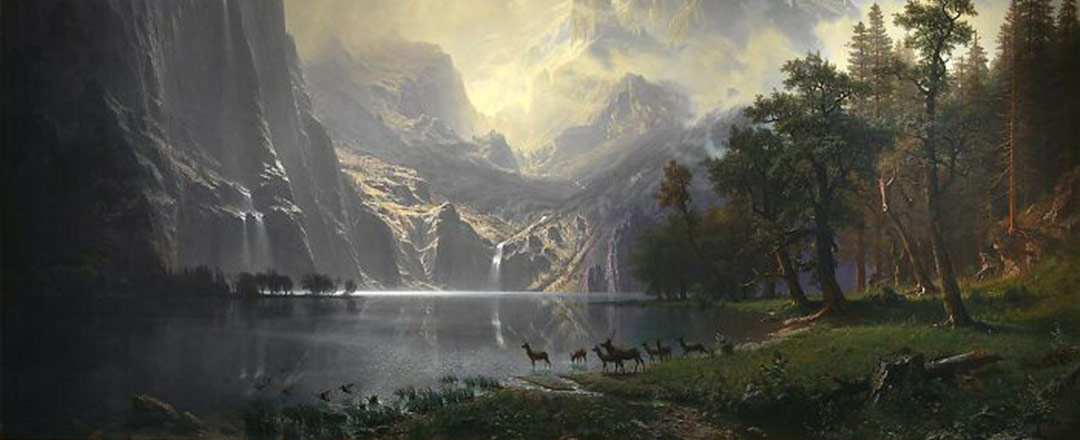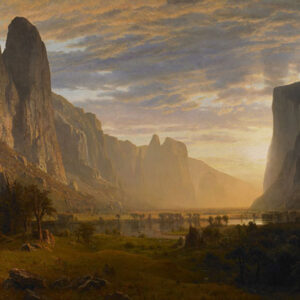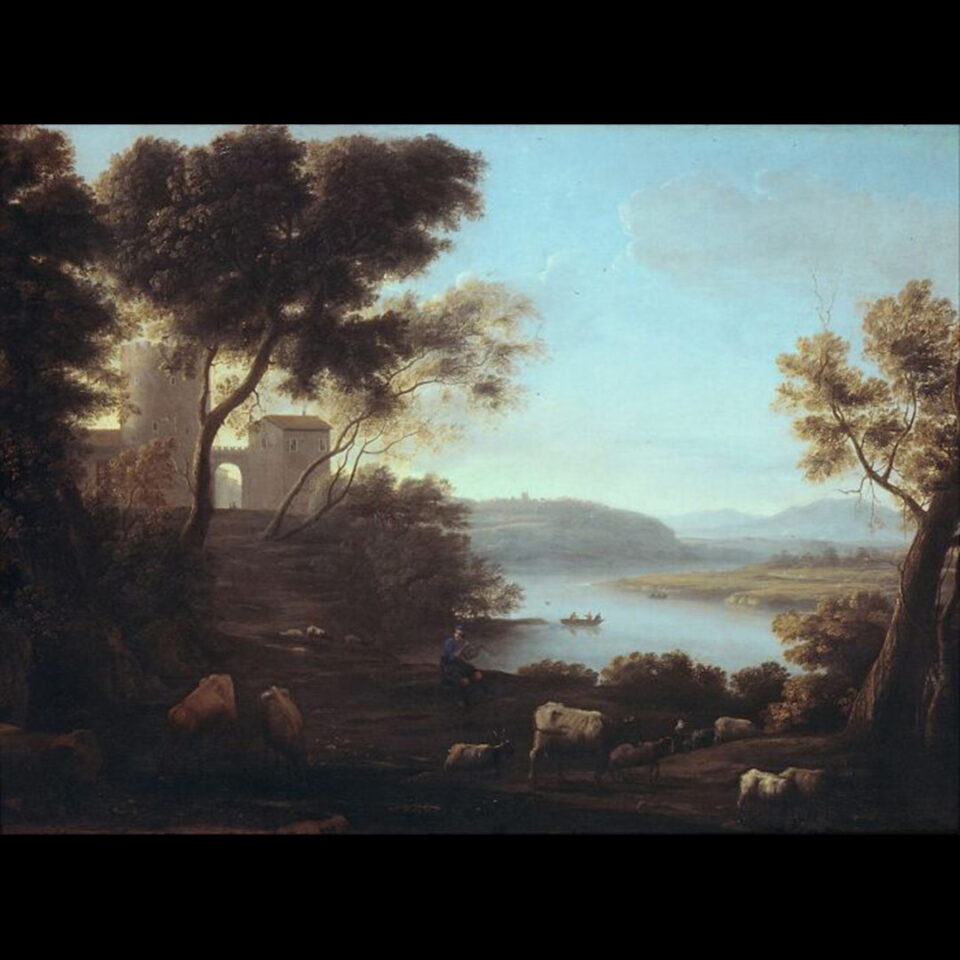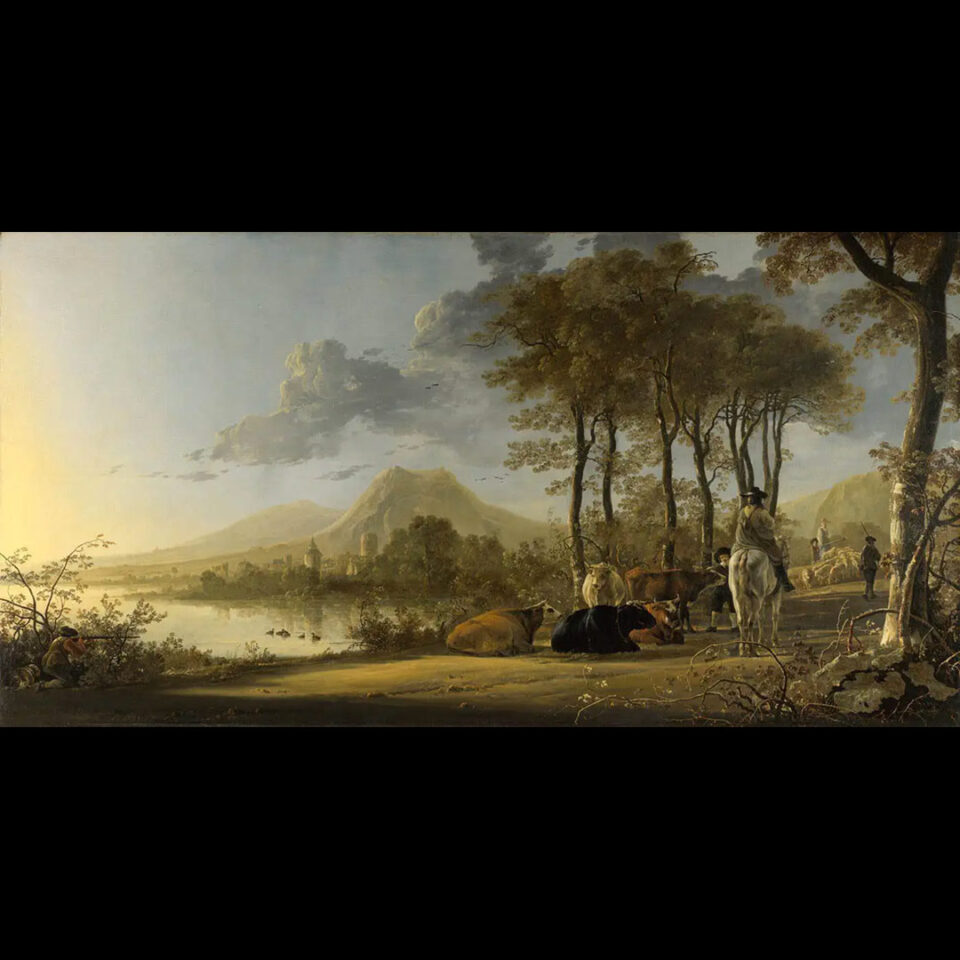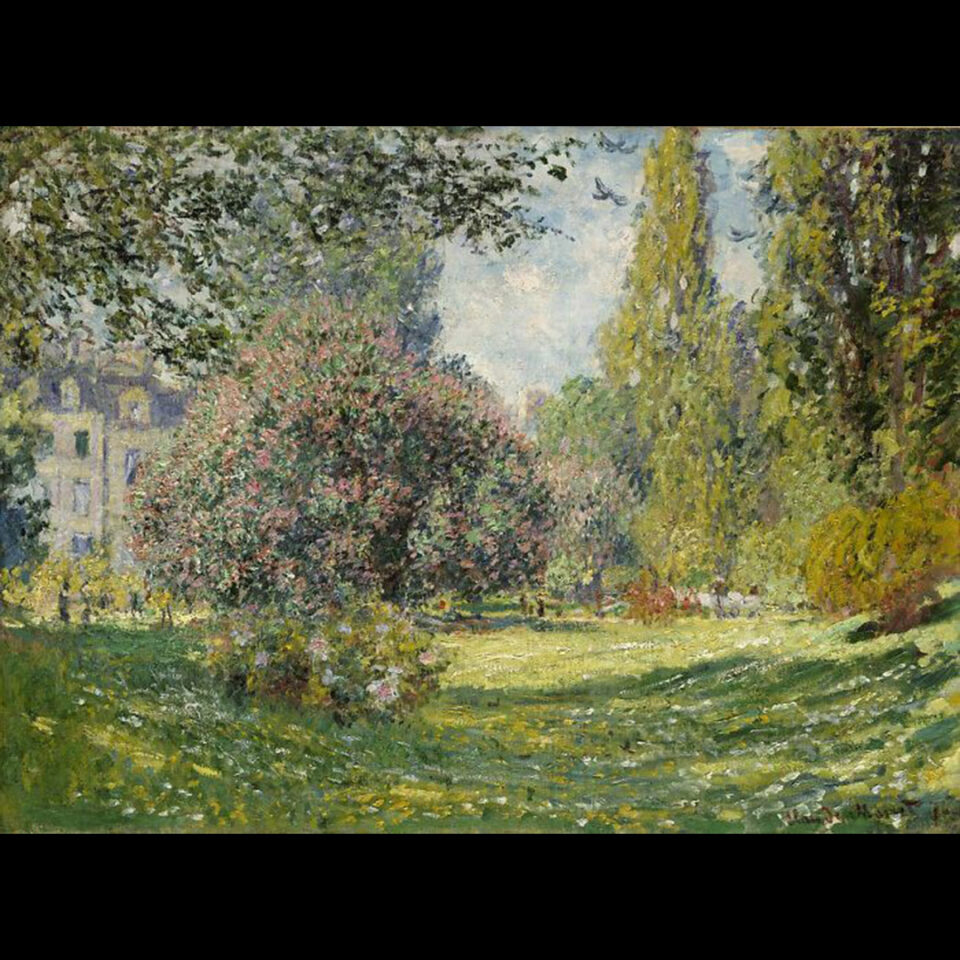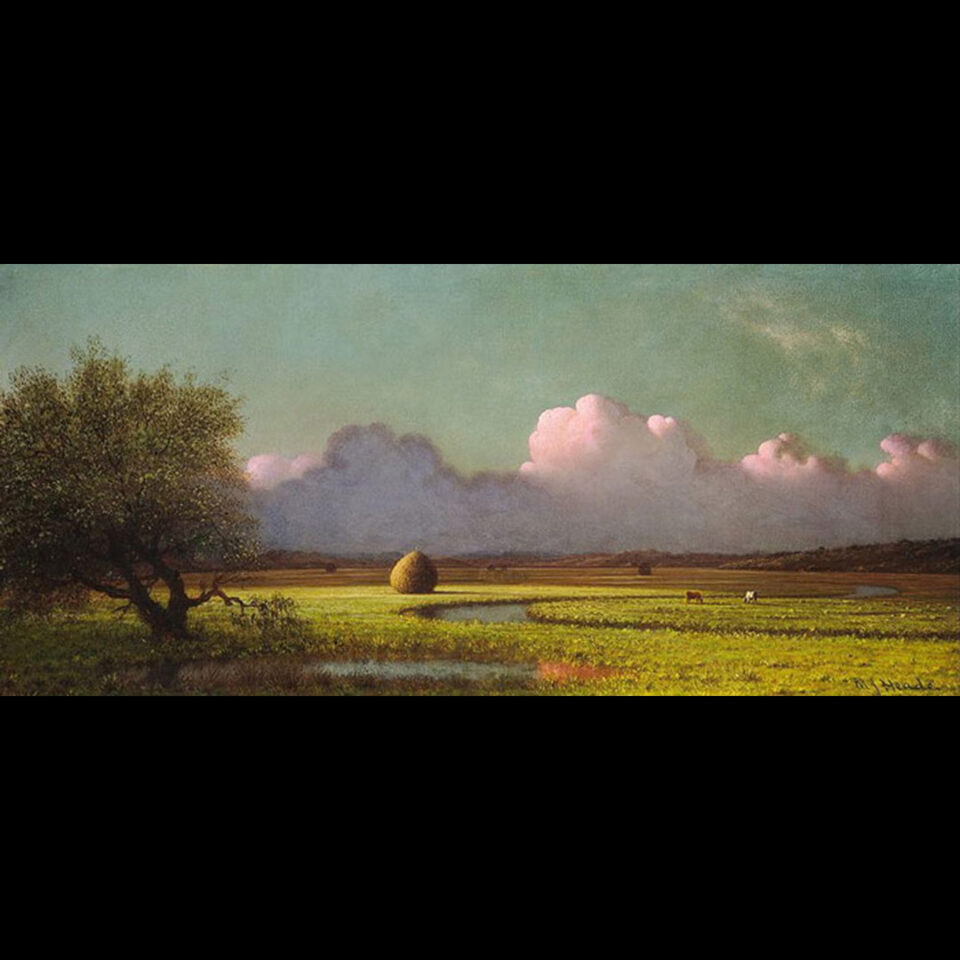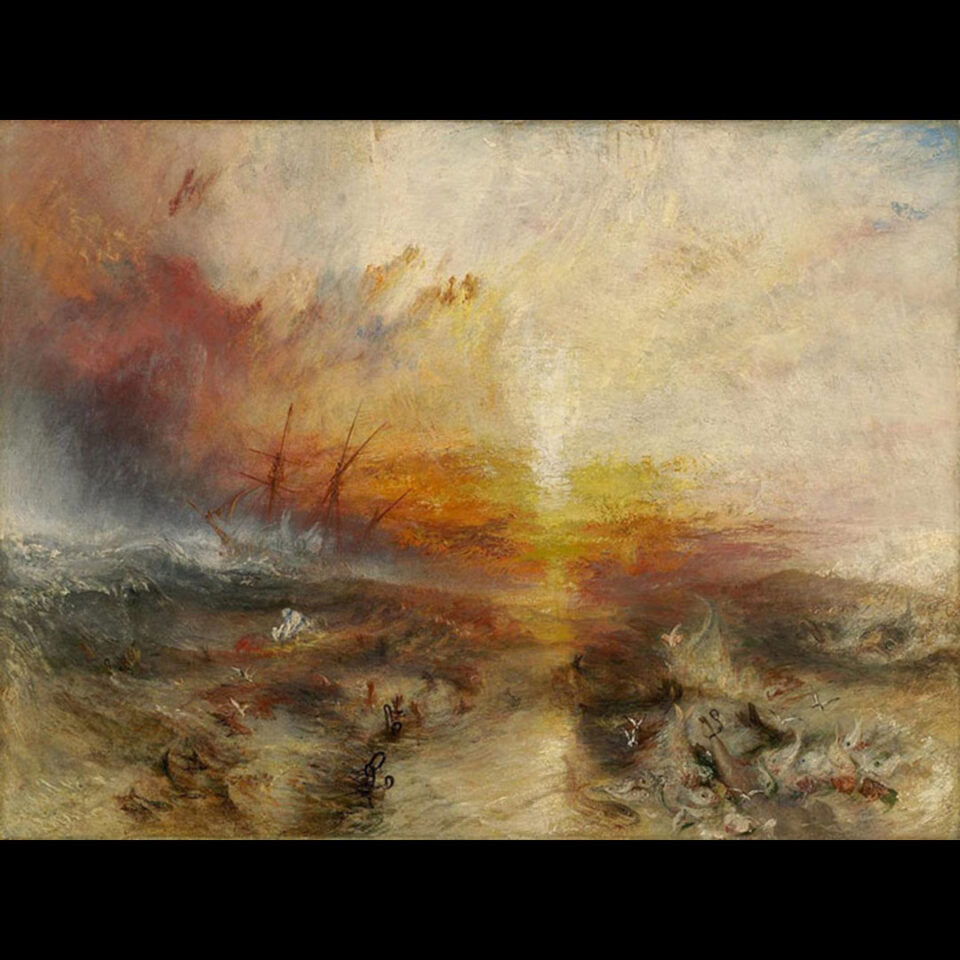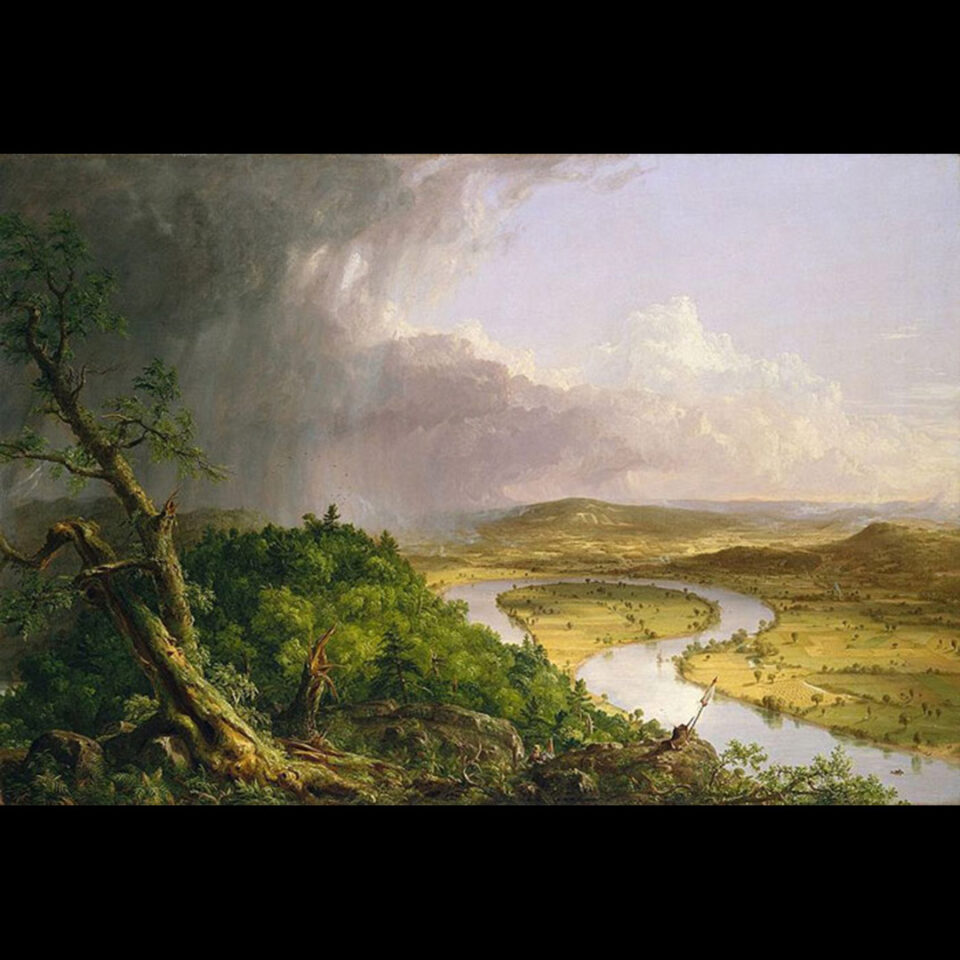“The real voyage of discovery consists not in seeking new landscapes, but in having new eyes.”
Marcel Proust
Artsper Magazine: “A Brief History of Landscape Art: Focus on Famous Landscape Paintings” [*]
“Much like the landscape of our world has entirely transformed, the nature of landscape art has evolved dramatically over the centuries. From unacknowledged as a genre to becoming the key subject of some of the world’s most recognizable paintings, landscape painting is much more than just a pretty picture. Take a journey through time with Artsper and discover the key points in history of landscape art.
Long before landscape art became a genre of its own right in the West, landscape art in China was, however, highly well established. Originating from the 6th century, the most common art form for a landscape portrayal was shan shui, which still remains popular to this day. This form of landscape painting, rather than with traditional paint, is done using ink and a brush. Shan shui is considered to be inspired by the philosophical tradition of Taoism. In short, this the idea that humans and animals must live in balance with the natural world; in other words, yin and yang. This is frequently depicted through the contrast of huge, solid mountains, which have been long considered sacred in Chinese culture, with soft, flowing water such as rivers or waterfalls.
According to Ch’eng Hsi, “Shan shui painting is not an open window for the viewer’s eye, it is an object for the viewer’s mind”. Additionally, aspects of the landscape painting such as color or subject likeness are insignificant, however the spiritual requirements of a work to be considered shan shui are extensive. However, they are primarily based around 3 essential elements : the path, the threshold and the heart. Firstly, The shan shui paths can never be straight, are paths seen in nature such as rivers or that of the sun across the sky. Furthermore, this path must lead to a threshold, which welcomes you, for example a mountain. Finally, the heart, which is the focal point of the painting that the other elements must lead to.”
*Quotation above is taken directly from the website cited and is the property of that source. It is meant to inform the reader and to give credit where it is due.
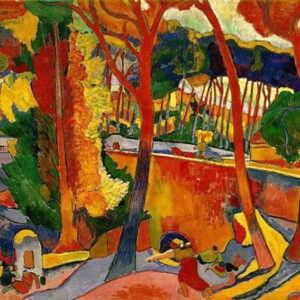 Artsper Magazine: “Landscapes Throughout Art History” [*]
Artsper Magazine: “Landscapes Throughout Art History” [*]
“The natural and boundless beauty of the earth has been a source of inspiration and a subject of desire for centuries, if not thousands of years. In the history of art, landscapes are a recognized artistic genre, along with historical painting, still life painting, and everyday life scenes. Landscapes are a genre of artistic expression that takes reference from natural scenery as the central subject matter. Landscapes can be based on reality or fictitious. As long as there is a depiction of a natural setting, the artwork can be considered as a landscape. Discover with Artsper how landscapes have evolved in the history of art, from the Lascaux caves to contemporary art.
You might wonder why artists have chosen to focus on nature and landscapes throughout art history. There are certainly a variety of reasons why artists have sought inspiration in nature. For one, artists have turned to the great outdoors as an easily accessible place to study. Beyond this, artists have created landscapes as a means to explore various qualities; such as light, color, and texture. Landscapes are also a perfect vessel to communicate a story. Together let’s explore various landscapes throughout art history.”
*Quotation above is taken directly from the website cited and is the property of that source. It is meant to inform the reader and to give credit where it is due.
Here is the first of three galleries featuring landscape artwork through the centuries:

